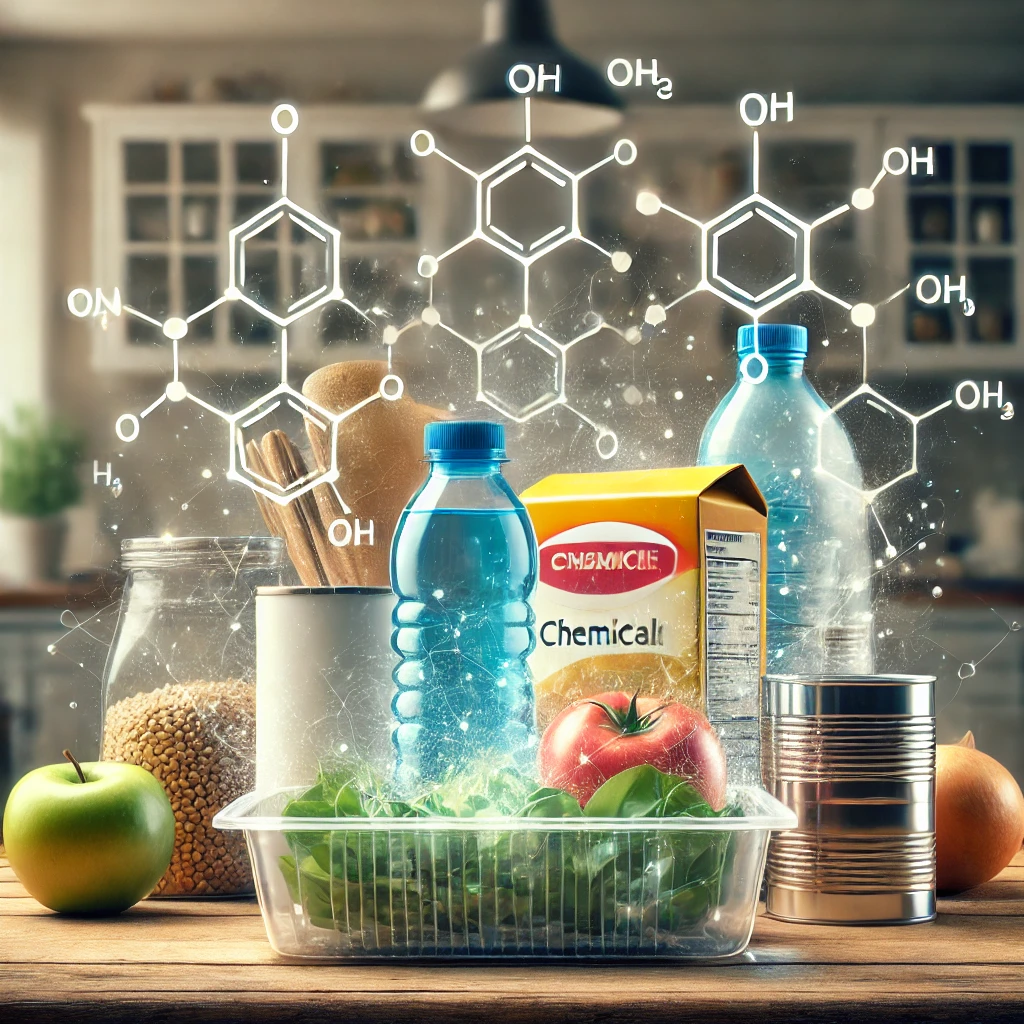We often hear the saying, “You are what you eat,” but new research suggests we should also consider what our food is stored in. A study published in The Journal of Exposure Science & Environmental Epidemiology has revealed that chemicals used in food packaging and storage containers can end up in our bodies, potentially affecting our health. These chemicals, known as Food Contact Chemicals (FCCs), are used in materials that come into direct contact with food, such as plastic packaging, cans, and containers. While these materials are essential for preserving and storing food, they may also introduce substances into our diet that weren’t originally in the food itself.
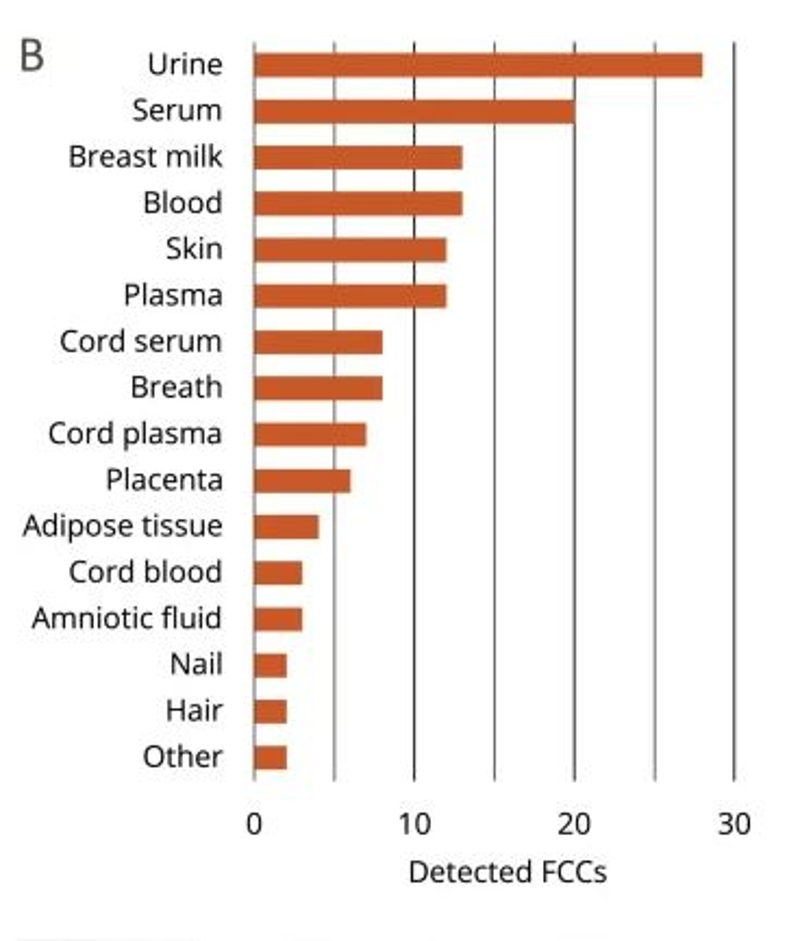
The study identified over 1,800 chemicals that can migrate from packaging materials into food. Of particular concern is the fact that many of these chemicals have been detected in human samples, such as blood, urine, and breast milk. The researchers discovered that a significant number of these chemicals—more than 3,600—are already present in our bodies. Some of these chemicals have been linked to serious health risks, including cancer, hormone disruption, and reproductive problems. Despite this, many of the chemicals used in packaging have not been thoroughly tested for safety.
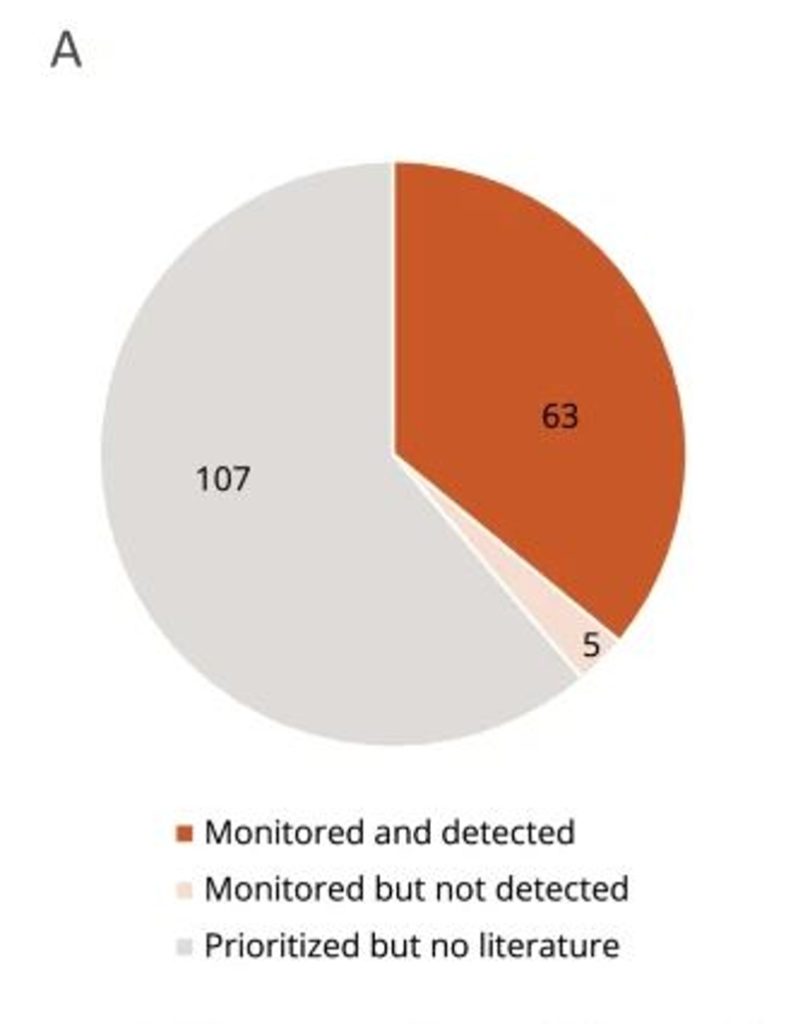
The researchers found that while a few well-known chemicals, like BPA, have been studied and regulated, many others remain largely unexamined. Out of thousands of FCCs, only a small portion have been adequately assessed for their potential health effects. This gap in knowledge leaves many questions about the safety of the materials we use to package and store our food.

One concerning aspect of these chemicals is that they can accumulate in the body over time. Some FCCs are persistent, meaning they don’t break down easily and can build up in tissues. Others are known as endocrine disruptors, which can interfere with the body’s hormonal system and lead to long-term health problems. The study underscores the importance of addressing these risks and finding ways to reduce exposure to harmful chemicals in food packaging.
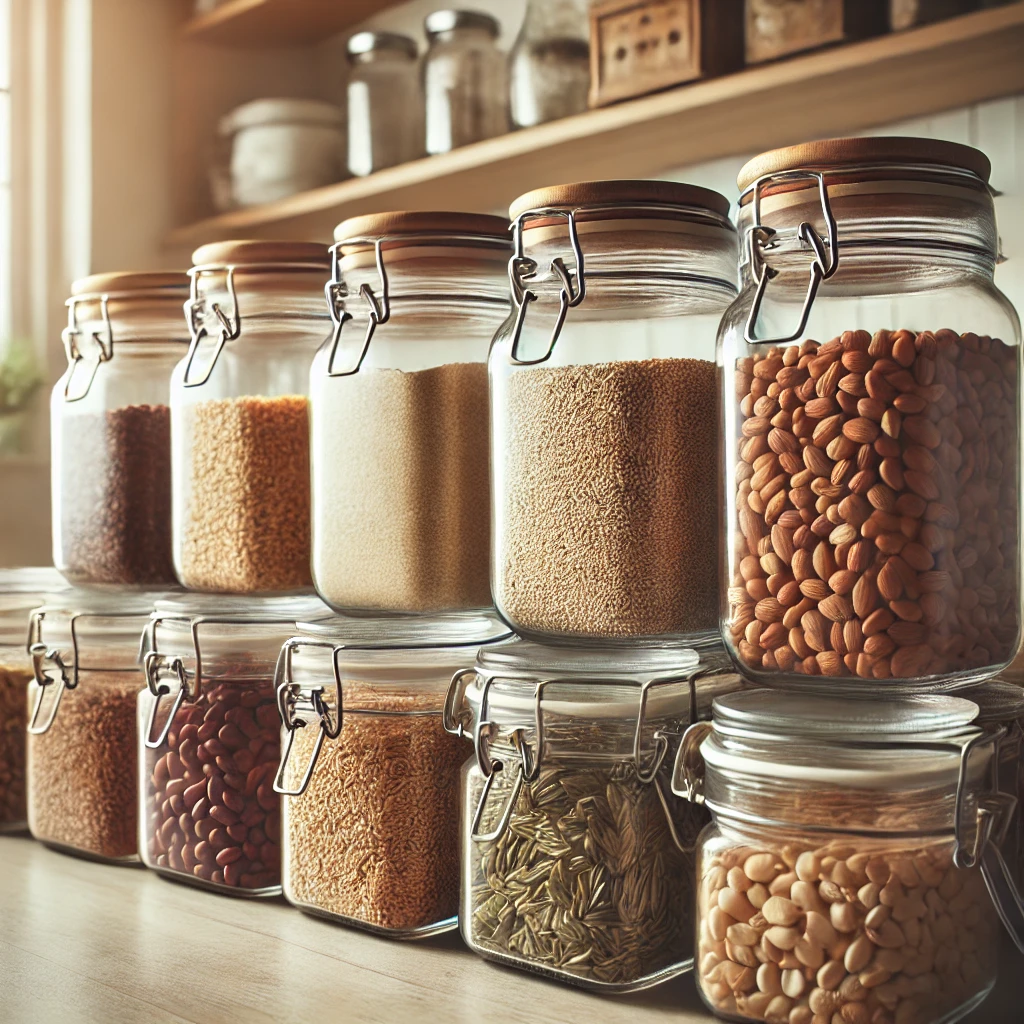
Storing food in glass containers is still the safest option. Although the issue is complex, there are steps that can be taken to reduce exposure. Being aware of the materials used in food packaging and choosing safer alternatives when possible is one way consumers can protect themselves. The study’s authors also encourage policymakers to improve regulation and testing of these chemicals, ensuring that safer materials are used in packaging.
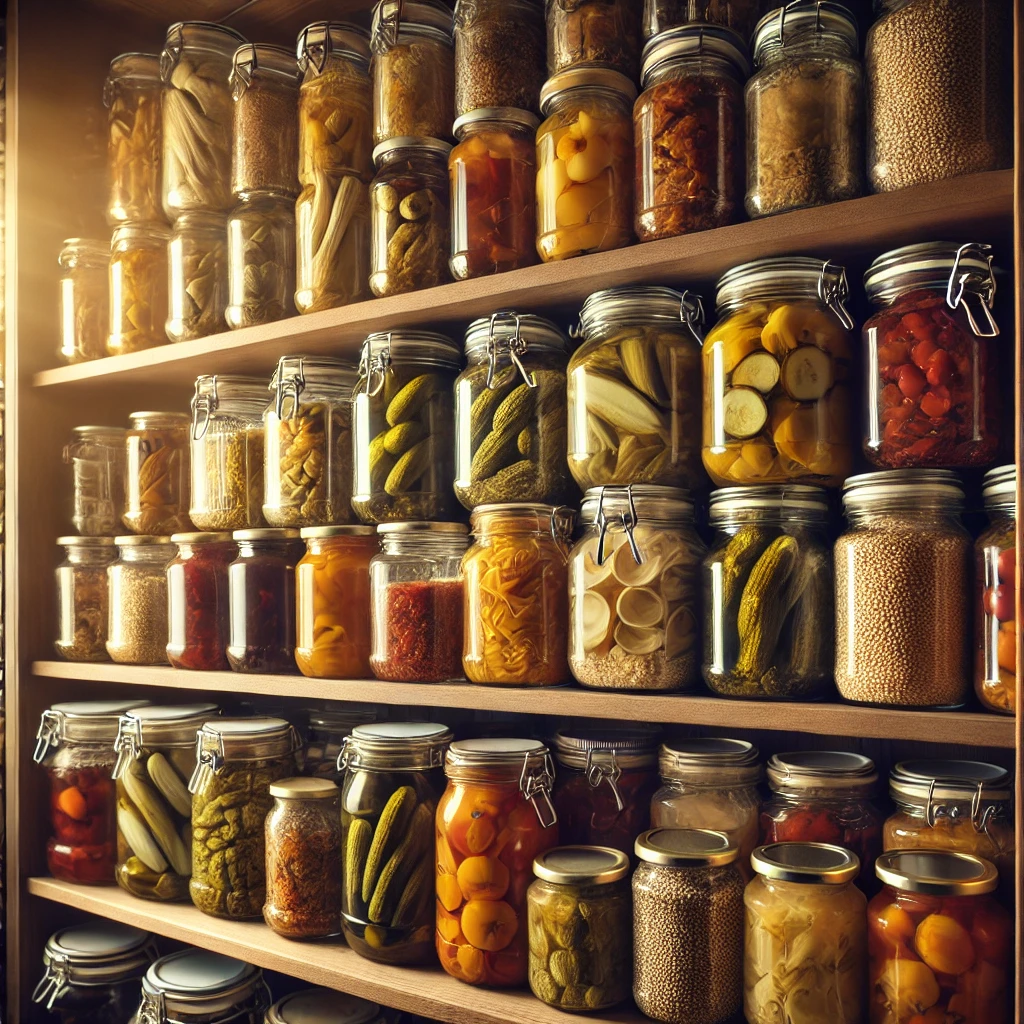
This research serves as a reminder that our food’s packaging and storage materials play a larger role in our health than we might have realized. As more information comes to light, it becomes clear that protecting our long-term health requires paying attention not only to what we eat but also to the invisible ingredients that come with it. Maybe grandma knew what she was doing.


